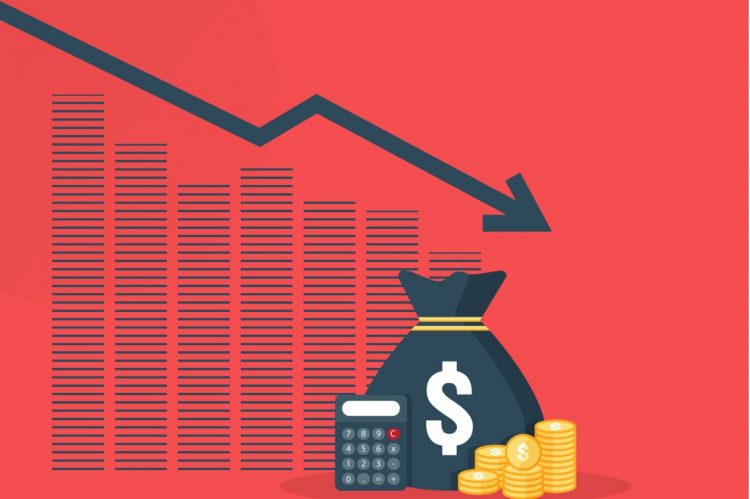The total number of loans now in forbearance decreased by five basis points in June, from 0.49% to 0.44%, according to a new report from the Mortgage Bankers Association (MBA). Loans in forbearance have been steadily decreasing since February.
According to the MBA’s latest monthly Loan Monitoring Survey, 220,000 homeowners are in forbearance plans, and mortgage servicers have provided forbearance to approximately 7.9 million borrowers since March 2020.
The report also found that the share of Fannie Mae and Freddie Mac loans in forbearance decreased two basis points to 0.21%. Ginnie Mae loans in forbearance decreased 13 basis points to 0.93%, and the forbearance share for portfolio loans and private-label securities (PLS) decreased six basis points to 0.52%.
Key highlights:
- By reason, 78.3% of borrowers are in forbearance because of COVID-19-related impacts. Another 6.1% are in forbearance because of a natural disaster. The remaining 15.6% of borrowers are in forbearance for other reasons, such as a temporary hardship caused by job loss, death, divorce, disability, etc.
- By stage, 34.9% of total loans in forbearance are in the initial forbearance plan stage, while 54.5% are in a forbearance extension. The remaining 12.6% are forbearance re-entries, including re-entries with extensions.
- For forbearance exits from June 1, 2020, through June 2023, 29.5% resulted in a loan deferral/partial claim, 17.9% continued to make their monthly payments, 17.9% did not make all of their monthly payments and exited without a loss mitigation plan in place, 16.1% resulted in a loan modification or trial loan modification, 10.8% were in reinstatements, 6.6% had loans paid off through either a refinance or by selling the home and 1.2% had repayment plans, short sales, deed-in-lieus or other reasons.
- Total loans serviced that were current (not delinquent or in foreclosure) as a percent of servicing portfolio volume remained flat at 96.12% (on a non-seasonally adjusted basis) compared to last month.
- The five states with the highest share of loans that were current as a percent of servicing portfolio were Washington, Idaho, Colorado, Oregon and California.
- The five states with the lowest share of loans that were current as a percent of servicing portfolio were Mississippi, Louisiana, New York, Indiana and West Virginia.
- Total completed loan workouts from 2020 and onward (repayment plans, loan deferrals/partial claims, loan modifications) that were current as a percent of total completed workouts decreased from 74.93% to 74.7%.
Major takeaway:
“Mortgage forbearance has declined because most homeowners have maintained or improved their financial health,” said MBA’s Vice President of Industry Analysis Marina Walsh. “Recent reporting by the U.S. Bureau of Labor Statistics shows continued job growth in June, and a 3.6% unemployment rate. The employment situation tracks with homeowners’ ability to make mortgage payments.”
Added Walsh, “MBA forecasts a slowing in the economy that could give rise to higher unemployment and mortgage delinquencies later in the year. Forbearance remains a viable loss mitigation option for homeowners who may struggle under more challenging economic conditions.”
For the full report, visit www.mba.org/loanmonitoring.












